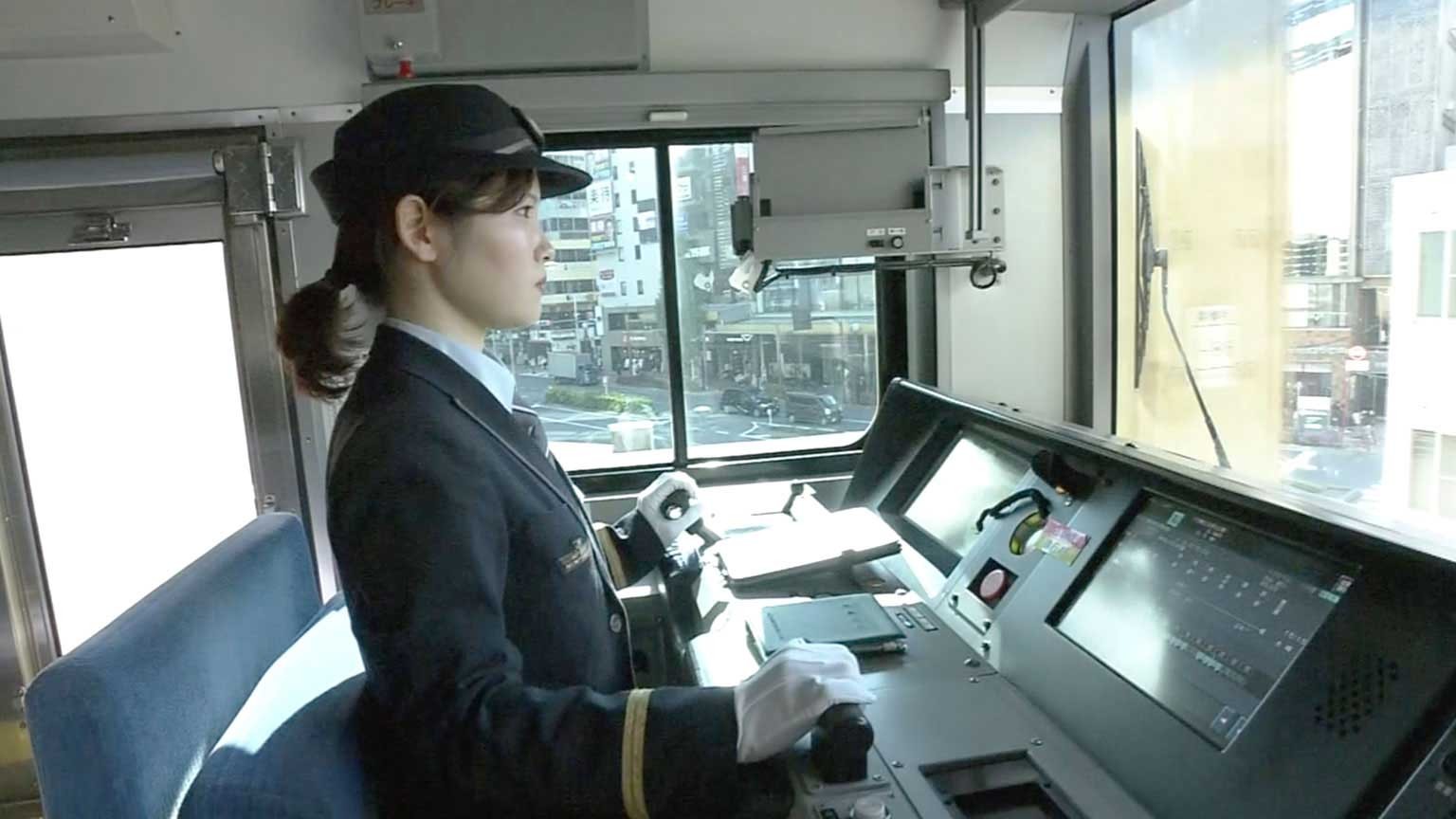In such emergency situations, it may be necessary to take actions that are not stated in safety manuals.
To improve passenger safety, some companies are enhancing workers' response capabilities rather than relying solely on manuals.
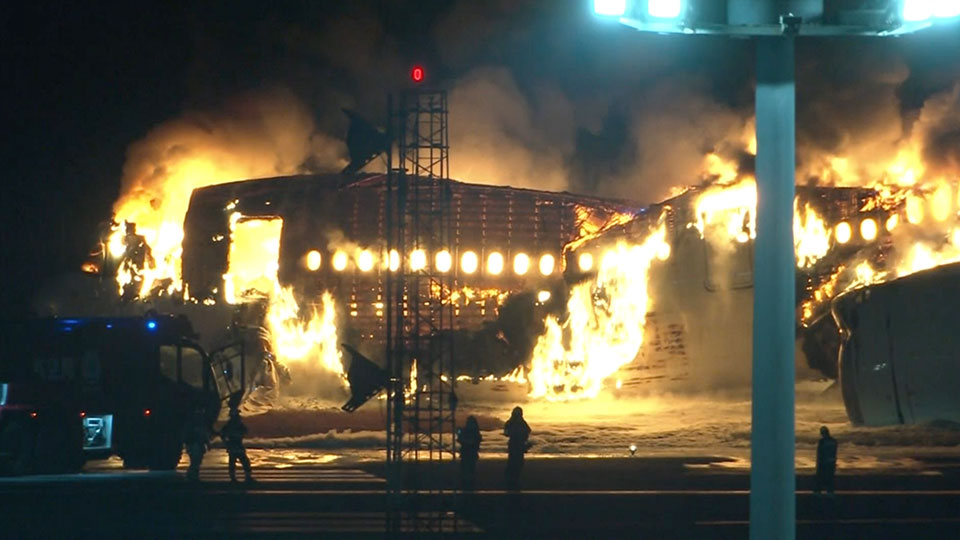
Driving a train while standing
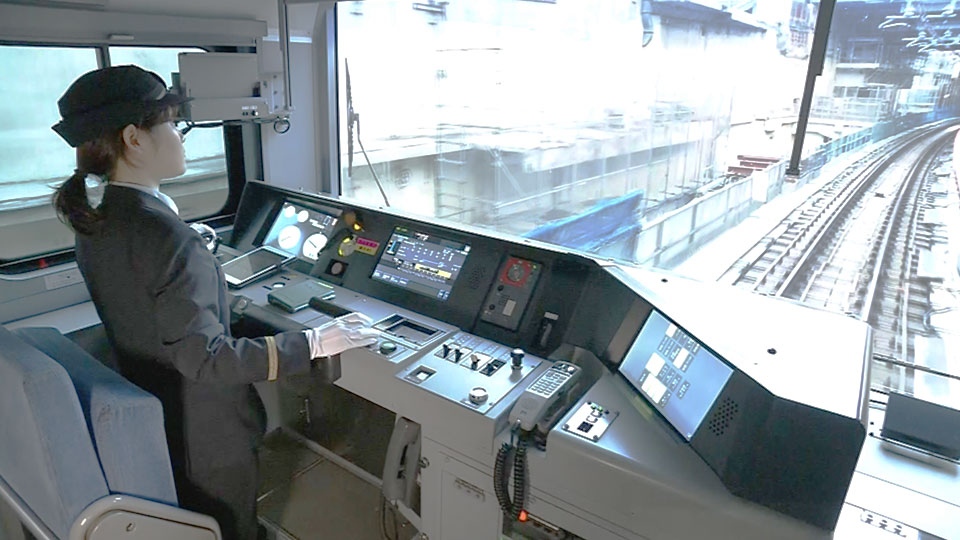
Drivers on the Yamanote line in Tokyo usually sit while operating the train.
But one driver stands up as the train approaches a slow-speed section.
She said that in sections where extra caution is required, or when conditions differ from usual, she stands in order to boost her awareness and attentiveness.
This action is not found in the manual for drivers. But she started the practice after learning about it from a senior operator.
In 2011, an emergency occurred where a crew's quick decision helped safeguard the passengers.
"Stay calm, think on your own."
During the Great East Japan Earthquake, a train was forced to stop at a coastal area of Miyagi Prefecture. The train's crew initially intended to guide passengers to a nearby evacuation center in accordance with the manual.
But one passenger asserted it was safer, given the risk of tsunami, to stay on the train as it was in an elevated area.
The crew then decided to keep everyone on the train. As a result, the passengers survived the tsunami that swept the area.
Learning from this valuable lesson, a new phrase was added to the railway workers' code of conduct, known as "The Safety Charter." It says, "Stay calm, think on your own."
New approach to prepare for unexpected accidents
In addition, railway companies view a new approach to safety as necessary amid unpredictable environmental changes, including more frequent severe disasters. They also say the number of accidents has plateaued in recent years.
How can the ability of workers to think on their own and make proper decisions be developed?
One company is reviewing its training program. It recently conducted a safety drill. The scenario was that a major earthquake had struck while the driver was running a Shinkansen bullet train.
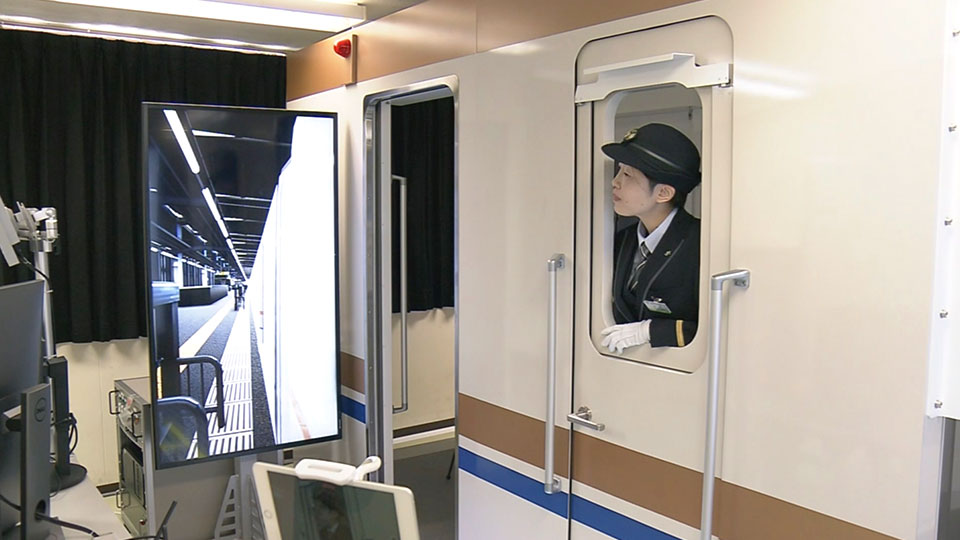
During the drill she announced over the intercom: "Attention passengers! We would like to inform you that this train is currently stopped due to a power outage. The air conditioning, lighting, automatic doors, toilets, and washrooms are not functioning."
The trainee said she tried not to speak too fast as such announcements are of great interest to passengers.
The supervisor said her pace and tone was sufficient to reassure the passengers.
Previously, the supervisor put his focus on checking if workers were able to follow the actions recommended in manuals. But recently, he's been giving high marks to what they do based on their own judgement.
A JR East unit leader, Maruyama Tetsuo, said he has a sense of caution that there could be an unprecedented accident that cannot be handled by the existing approach. He said it's important for workers to respond in different ways on their own initiative.
Special app helps workers in construction site
A construction company has introduced an app to help workers act appropriately outside the manual.
Workers can report near-miss incidents with the app.
Its main feature is that instead of just recording the details of mistakes and problems, it includes entries about what helped to avoid accidents.
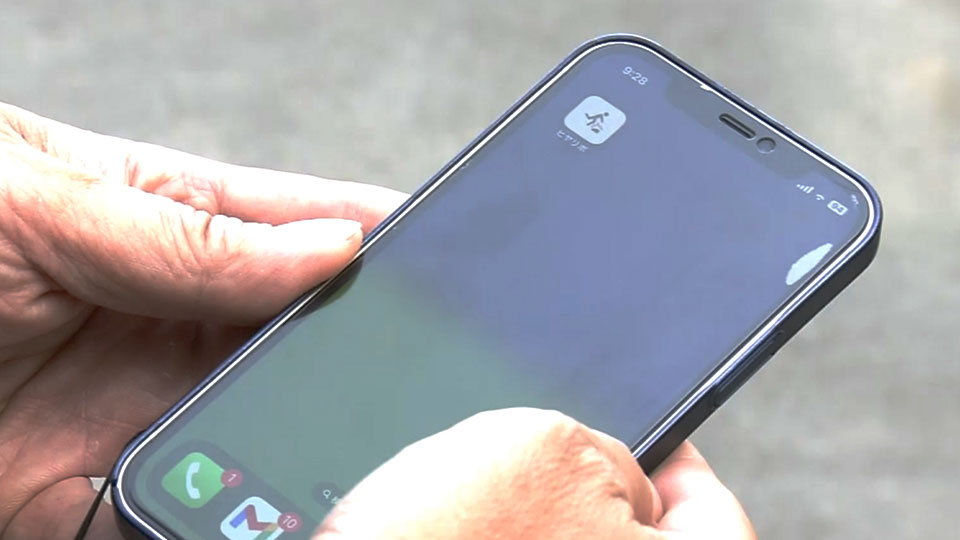
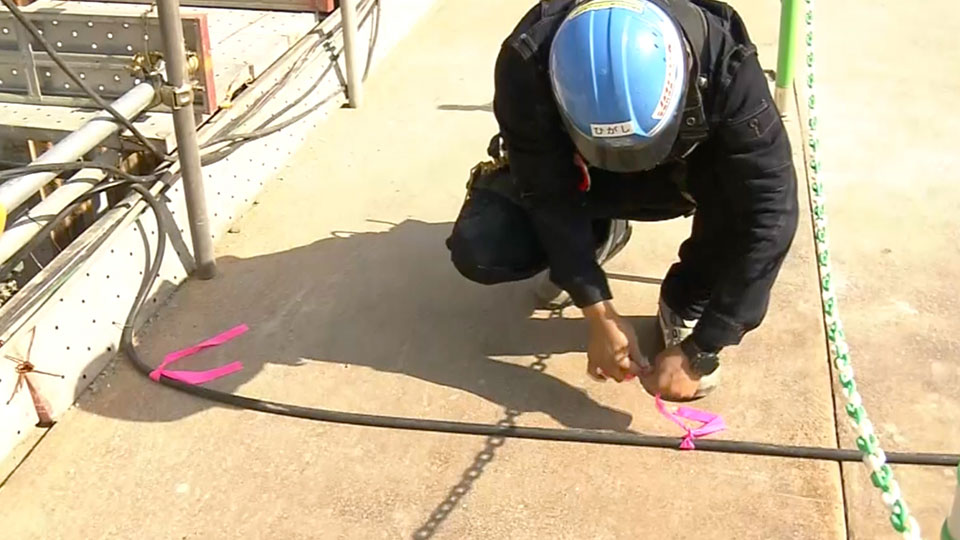
One recent entry includes an instance where attaching a pink ribbon to a hose placed on a walkway helped prevent workers from tripping over it.
The company believes that collecting such successful instances will enhance workers' response capabilities.
The company's safety manager said, since construction is done by people, it's difficult to include everything in a manual. He added that unless workers' own initiatives are reported and shared, it will be difficult to advance safety management.
Changing way of thinking about safety
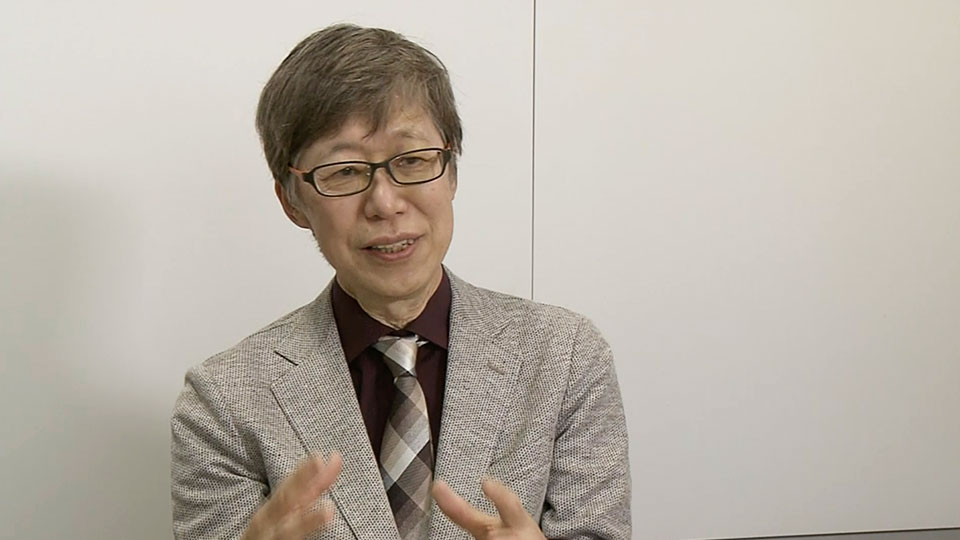
Professor Emeritus Haga Shigeru of Rikkyo University said companies should be open to change in their way of thinking about safety.
He said that traditionally, safety has been pursued by aiming for minimal risk and avoiding failure.
Instead of looking only at mistakes, he says it's essential to increase successful cases. Companies should also consider what kind of analysis and activities are required to reach this end.
He added that if companies define safety as increasing the number of successes, new activities and motivations will emerge to improve safety management.
